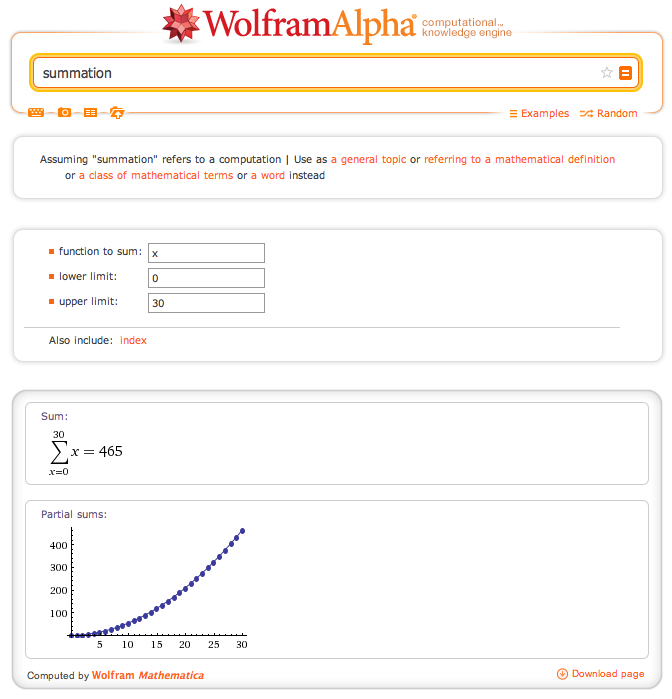The Overview:
I had a lot of fun with the Handshake Problem this year, so I figured I would write about it. My goal was to use less structure (meaning no worksheet – especially one with pre-staged t-tables).
I revealed the question in three parts, each time raising the number of people shaking hands:
– 5 people go to a party and shake every one’s hand once. How many handshakes are there?
– If everyone in the class shakes everyone else’s hand, how many handshakes would that be?
– If everyone in the school shakes everyone else’s hand, how many handshakes would that be?
Lastly, in a rather last second “I want them to process this more” moment, I had them create solution guides for it.
The Description:
I began with the following two questions as warmup problems:
1. 5 people go to a party and shake every one’s hand once. How many handshakes are there?
2. If a 6th person shows up to the party, how many handshakes will they give?
After the warmup I raised the bar a little bit by increasing the amount of people who shake hands:
“If everyone in the class shakes everyone else’s hand, how many hand shakes would that be?”
The class problem raises the bar a little, but still leaves the door open for the students to add up each individual scenario. For example, they noticed that the 31st student would shake 30 hands, and the the 30th student in the room would shake 29 hands and so forth. So the final answer would be 30 + 29 + … + 2 + 1. No equation needed, no additional math tools needed. But I still took this moment to show them a new math tool that would have made there job easier – the summation! I pulled up the Wolfram Alpha Summation calculator and let them know that a math symbol will do all that addition for you.

Then I asked them – How many handshakes would there be if everyone in the school shook eachothers hand? Now they are dealing with a numbers that is far too big for them to simply do the summation on their own. But luckily they had this new math tool I just gave them. I kept that summation calculator up on my computer for them to use. Pattern found – now execute. And some of them literally ran to my computer to find the new sum. Now I can ask them whatever the hell I want – If everyone on earth shook each others hand? The size of the number is irrelevant now! They got this.
Finding the above pattern was the most popular solution method. But other students created a t-table and looked for a pattern to model with an equation. They pretty quickly noticed that the equation that describes this situation had to be quadratic because we’ve looked at quadratic patterns before. From there they made things fit and discovered the equation: (x^2-x)/2. I told the students that they just had to make the numbers fit. Which was fine for the students who are good at creating equations like that. They know what they want the function to equal, they know it’s quadratic – go to work. The rest of the class was not amused. And that’s when a student walked up to the whiteboard and amazed all of us.
Jose came up to the board and said, “we know that it is quadratic from the t-table. So let’s assume there are 3 people at the party. 3 squared would be 9 handshakes, which accounts each person shaking the other two peoples hands, and their own hand.”

“But they can’t shake their own hands, so we have to get rid of those three handshakes”

“Here we are still double counting each handshake. So then we must divide by 2 in order to only count each handshake once.”

Oh my God Oh my God Oh my God!!! That was soo excellent! I had never thought about the problem like that!
And with this equation in hand, when I raised the bar to how many handshakes there would be if every student in the school shook hands, they saw how quickly they could answer it by plugging in the school’s population.
I had students just work in their notebooks, but afterwards I had them formalize their work and create a solution guide. I will probably write about these solutions guides next – but for the time being, here are some nice ones:


The Reflection:
I am most excited about the idea of these solution guides. It was kind of a last minute idea I threw together, but turned out kind of gold for me. Ended up doing a gallery walk and have great classroom talks about what THEY liked and disliked about each others guides. I”m looking forward to see the quality of the next round of them! Bring on the “Guess What I Heard?” problem!!!








